Introduction
Diving into radio projects can be an exciting and rewarding hobby. A common beginner question in this field is whether it's possible to create a DIY antenna that can tune into multiple radio broadcasts. Additionally, many newcomers seek recommendations for starter projects. Let's explore these topics and get you started on your radio journey.
Building a DIY Antenna
Yes, it is indeed possible to make a DIY antenna that can receive different radio broadcasts. For beginners, a simple and effective method involves using a random length of wire along with an RTL-SDR (Software Defined Radio) device. These devices are affordable, often available for under $30, and can pick up stations from around the world.
One user shared their experience of putting up a 24-foot scrap speaker wire on a dipole connector that came with their SDR. Located in North Florida, they were able to receive transmissions from Tennessee, demonstrating the impressive capabilities of a simple setup.
The RTL-SDR kits often come with a basic dipole antenna, which can be enhanced with some ingenuity. The center of the rabbit ear dipole that comes with these kits serves as a good starting point for many users.
Getting Started with RTL-SDR
For those new to SDR, it's recommended to get the v4 model with a built-in upconverter. This version enhances the range and quality of the signals you can receive.
Additionally, many shortwave receivers include a length of wire that can be hung up and clipped to the radio's built-in antenna. This method is straightforward and effective for beginners. An example is the Sony ICF-SW7600G, which comes with such a wire in a wind-up spool.
Beginner Project Recommendations
Here are some beginner-friendly projects to consider:
-
DIY Dipole Antenna:
- Instructions: Various online guides detail how to build a simple dipole antenna. These antennas are effective and relatively easy to construct.
- Resources: Check out tutorials like DIY Dipole: How Does Antenna Work and Your First Dipole Antenna.
-
Understanding Antenna Length:
- Concept: Antenna length is crucial for tuning into different frequencies. A shorter antenna is better for higher frequencies, similar to how a guitar string vibrates at higher frequencies when shortened.
-
Yo-Yo Antennas:
- Project: Build a yo-yo antenna, which can be easily extended and tuned to different frequencies.
-
Simple Wire Antennas:
- Setup: Run a length of copper wire from your SDR to a tree, up a pole, or across your roof. This setup allows you to listen to a wide range of signals, from radio pirates to amateur operators.
-
General Coverage Receiving:
- Tip: For general receiving, a tuned antenna isn't strictly necessary. A simple length of wire can be sufficient. While resonance is more critical for transmitting, for receiving, an untuned wire often works well.
Conclusion
Starting with DIY antennas and radio projects is accessible and rewarding. With some basic materials and an RTL-SDR, you can begin exploring the fascinating world of radio communications. Whether you're picking up local stations or tuning into broadcasts from around the globe, the possibilities are vast.
Dive in, experiment with different setups, and enjoy the journey into radio technology.

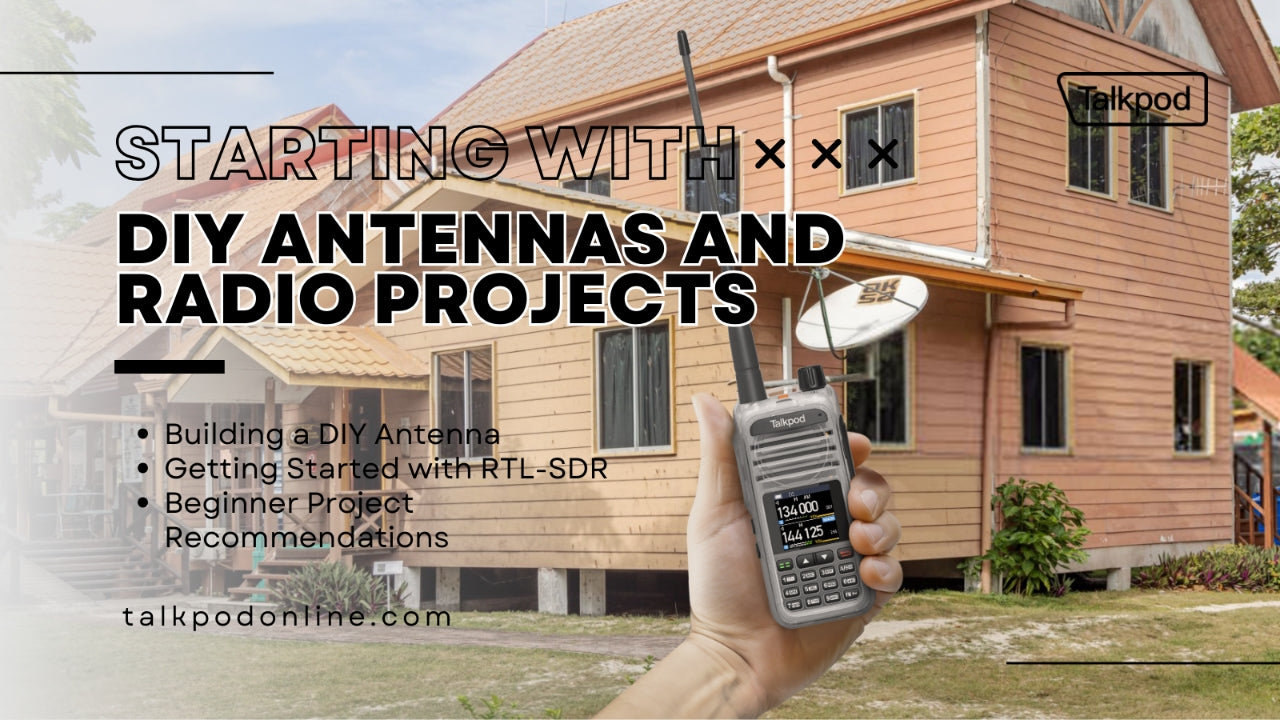


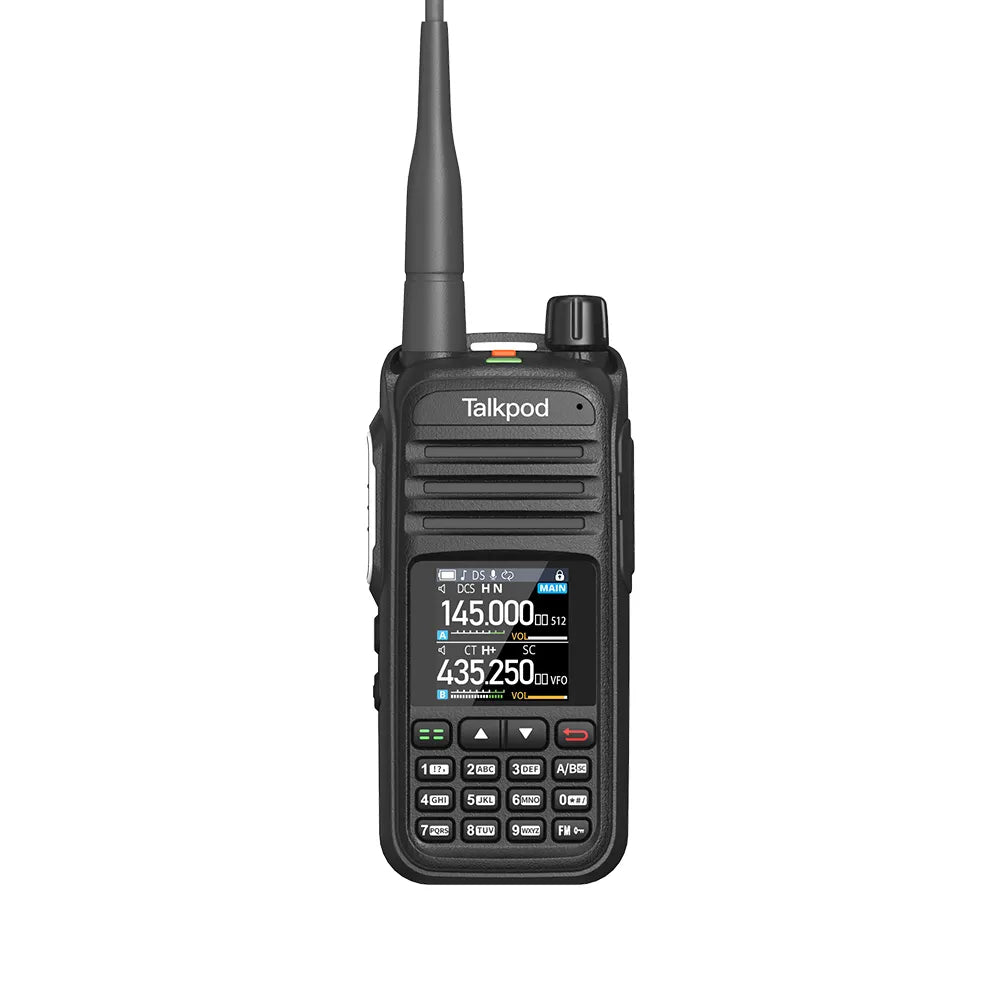
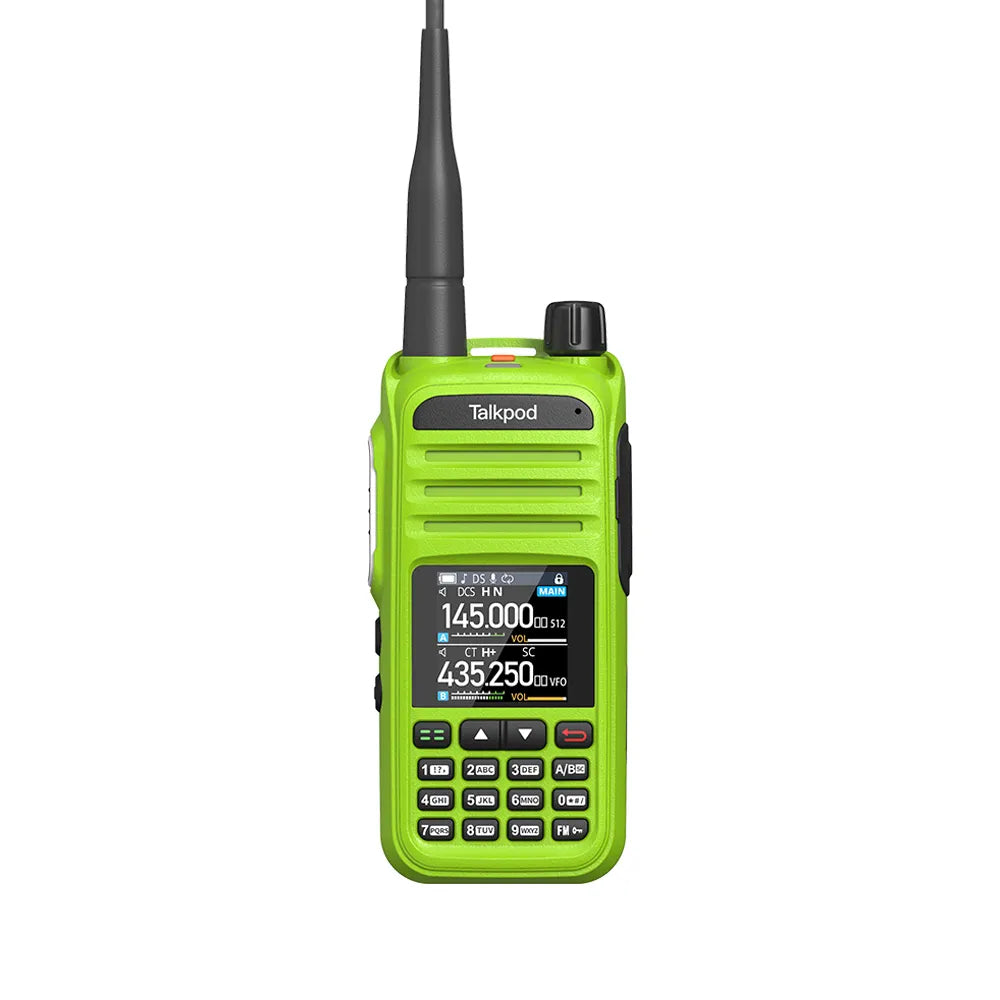
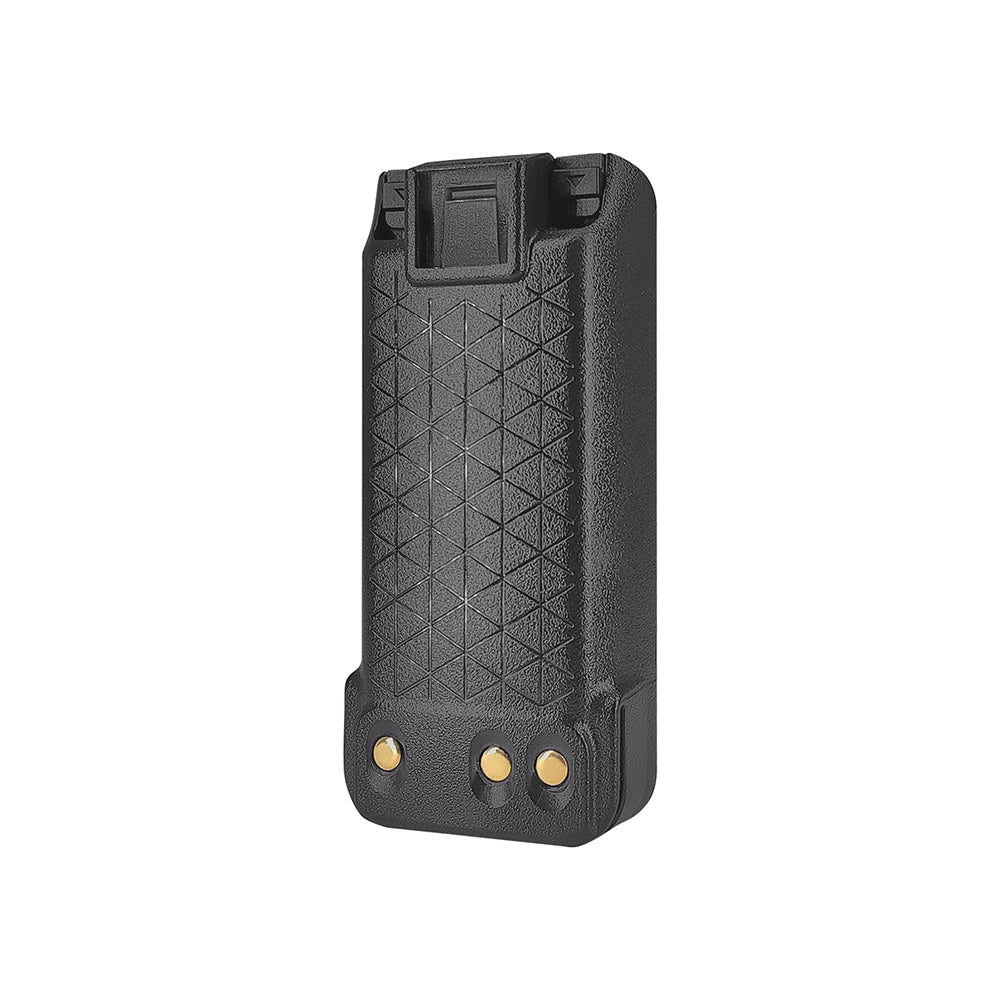
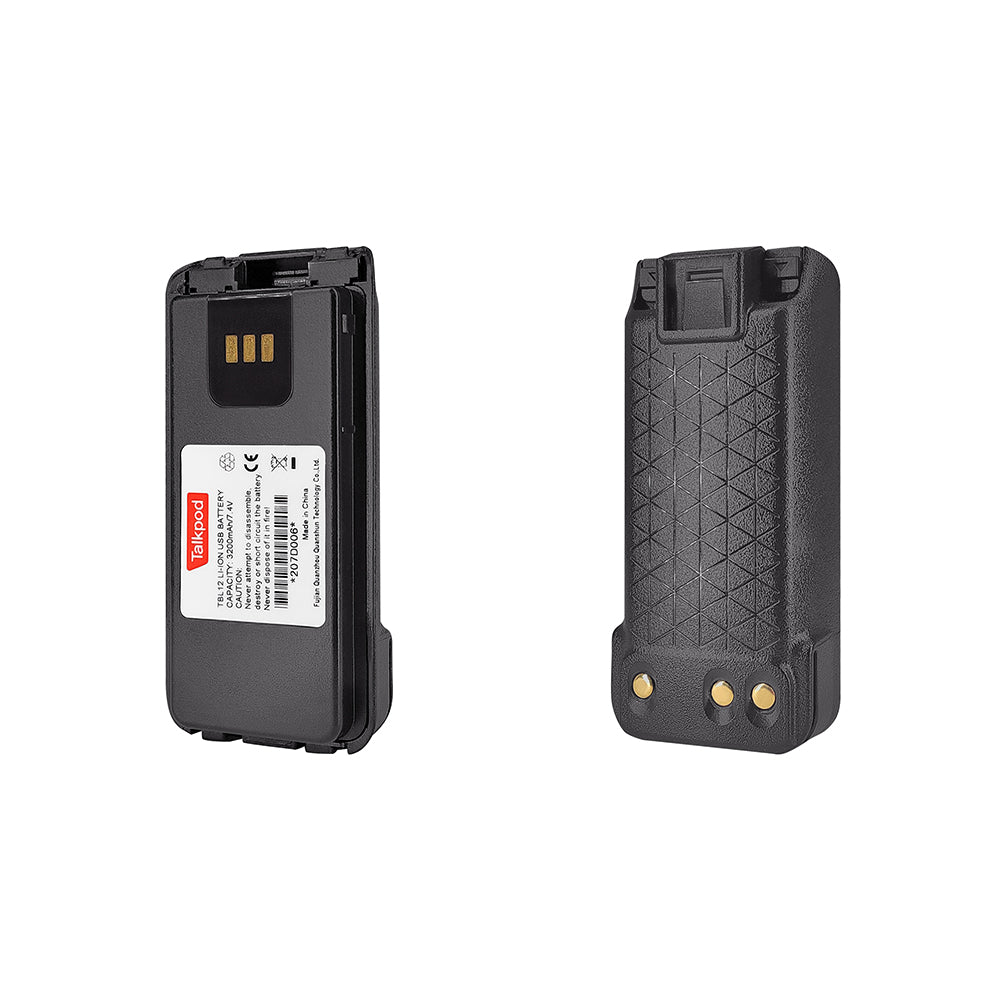
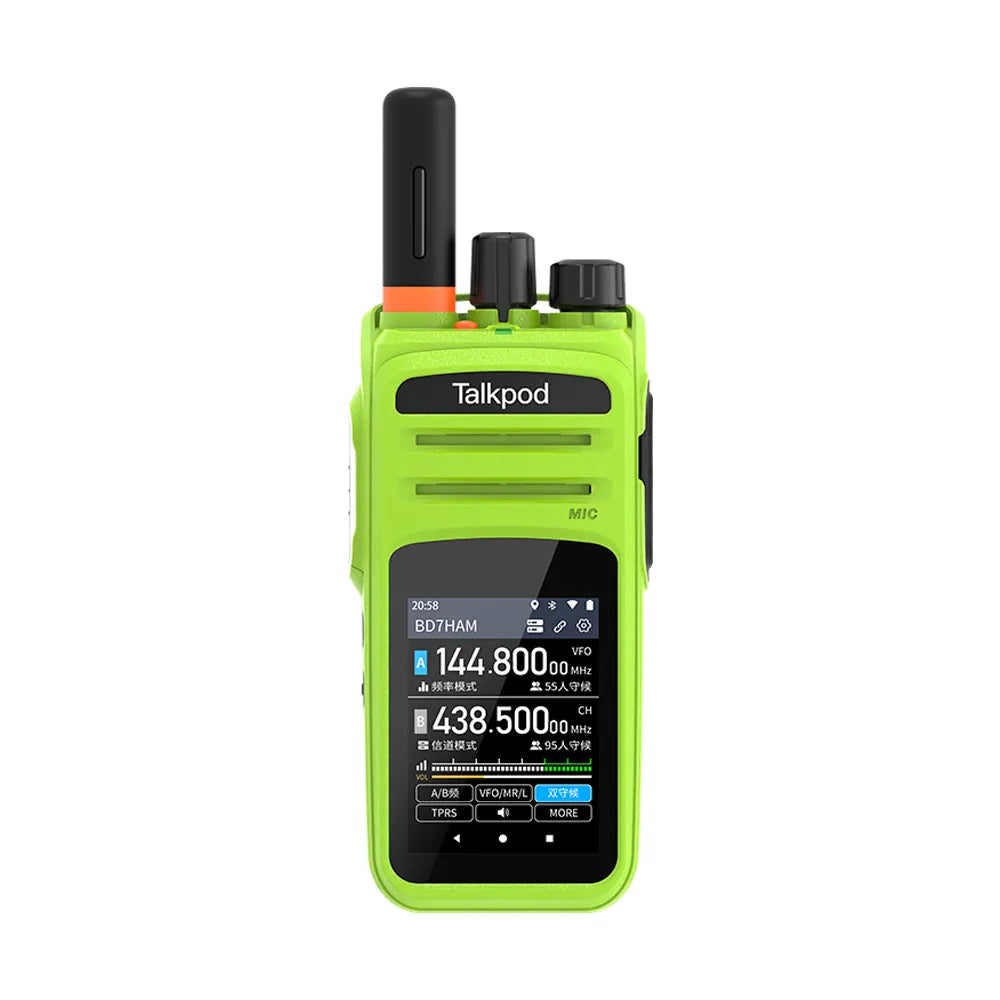
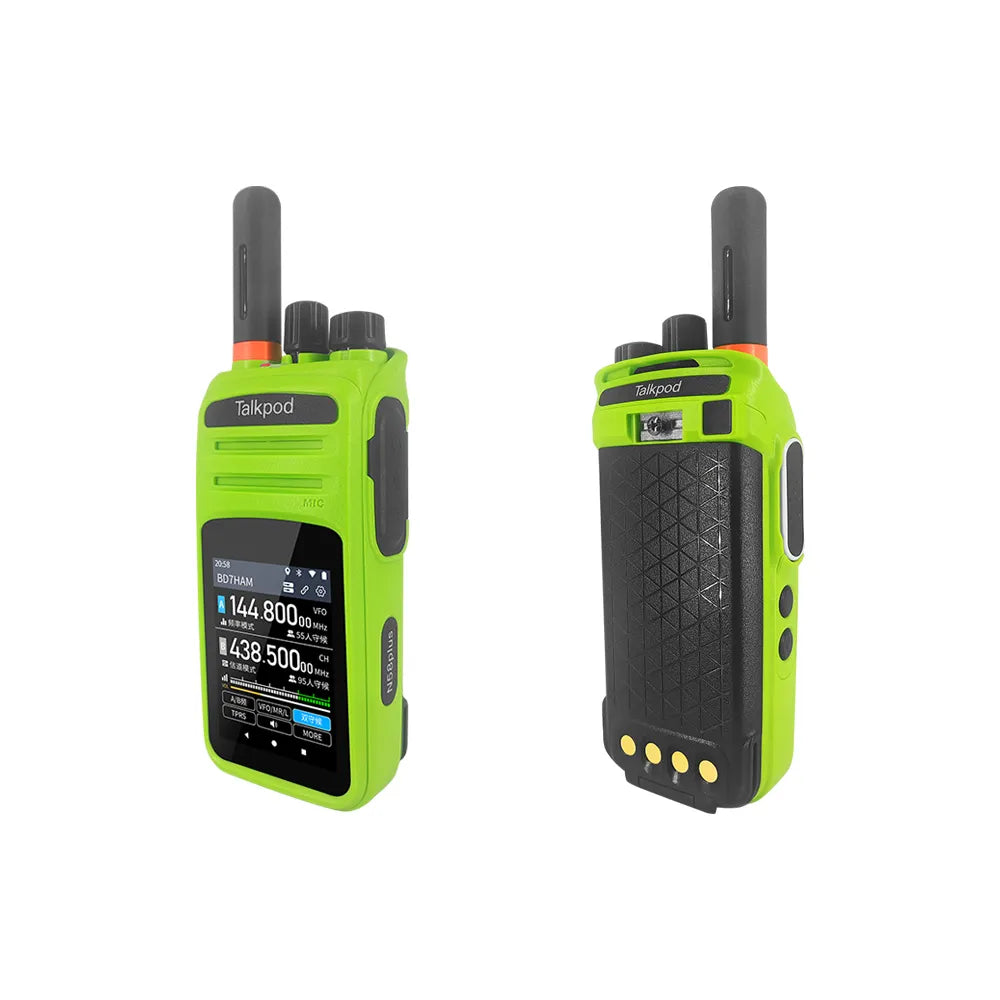
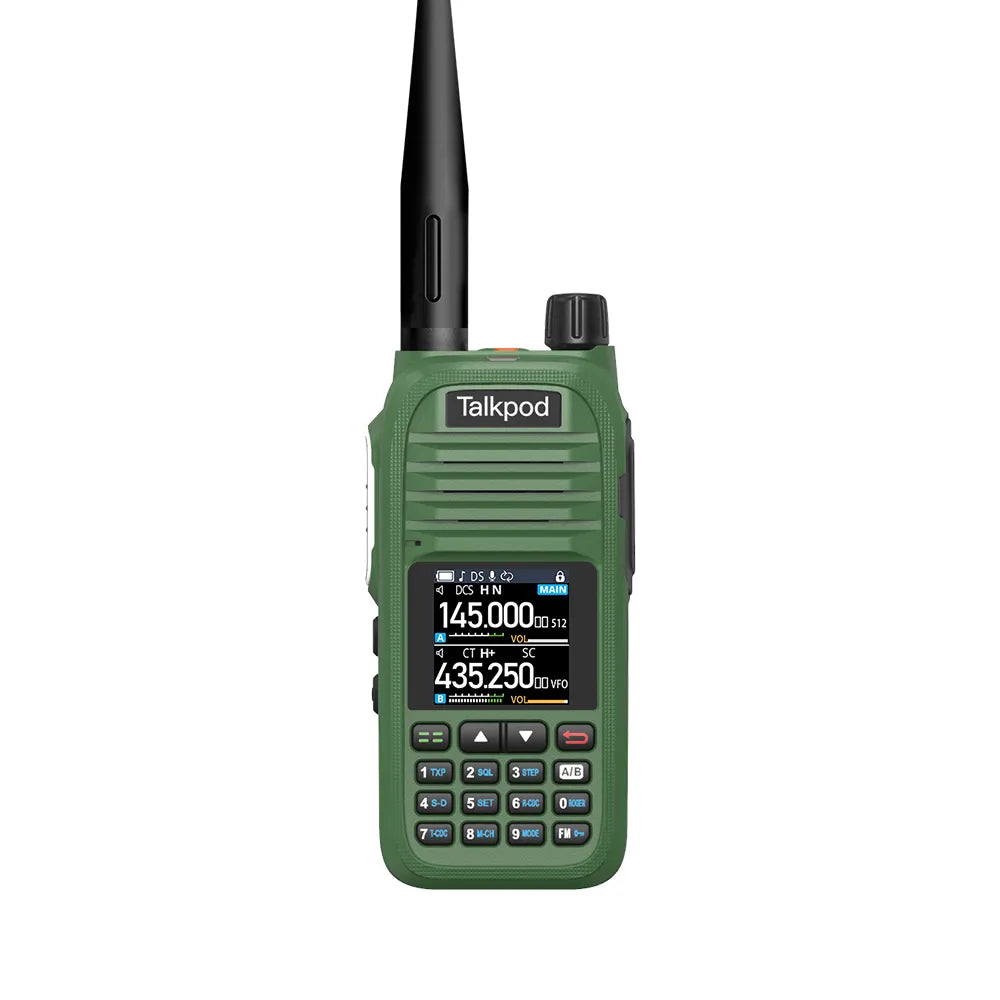
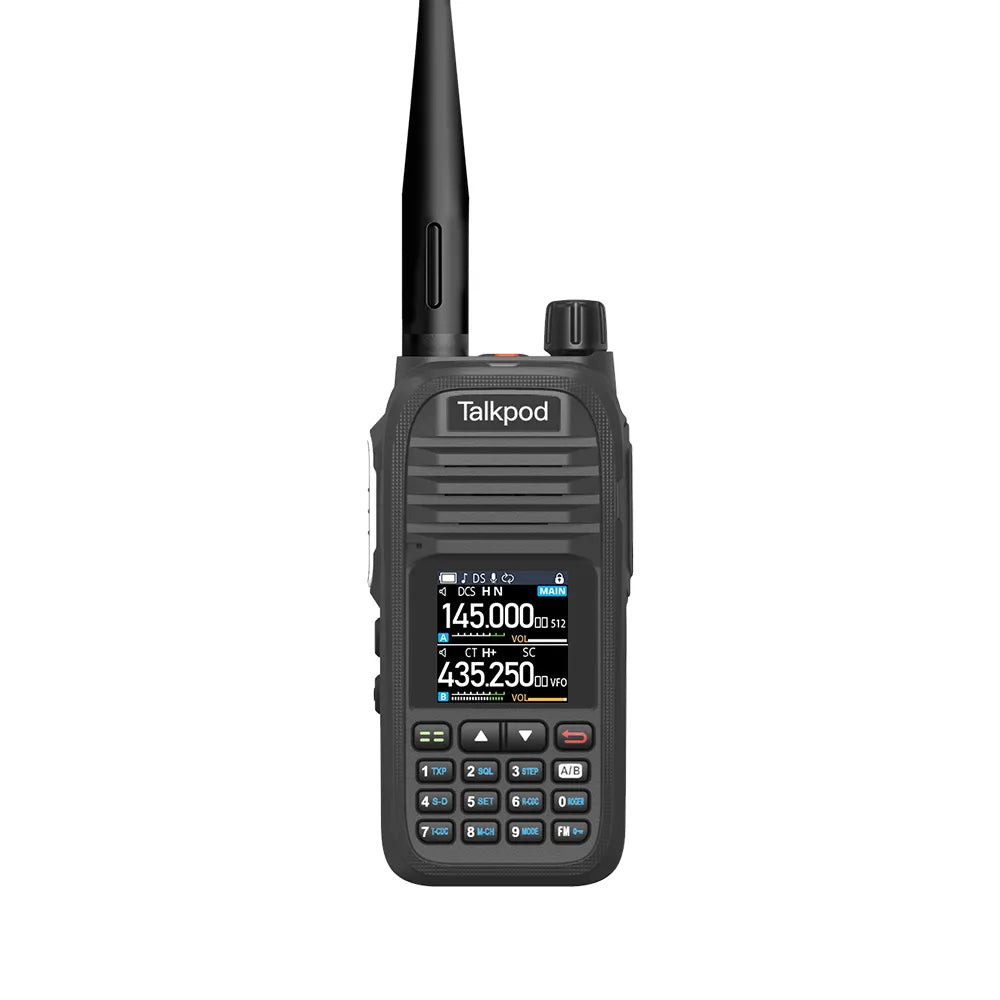
Leave a comment
All comments are moderated before being published.
This site is protected by hCaptcha and the hCaptcha Privacy Policy and Terms of Service apply.